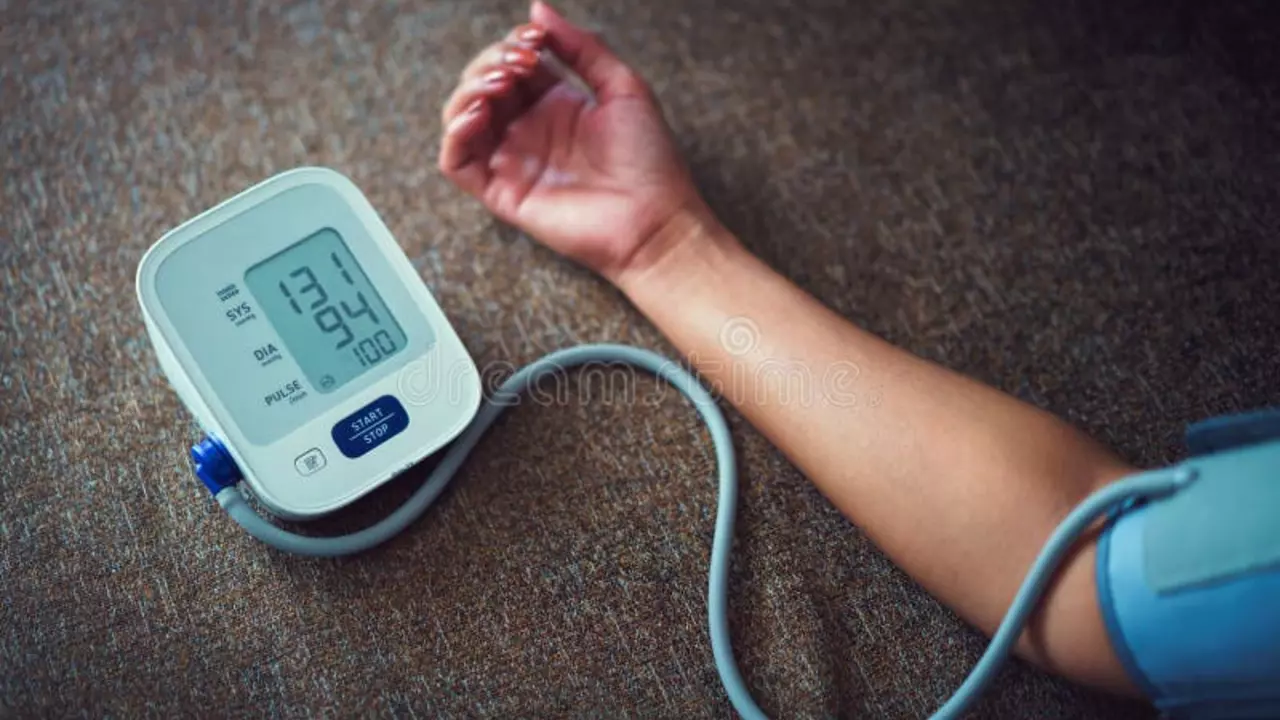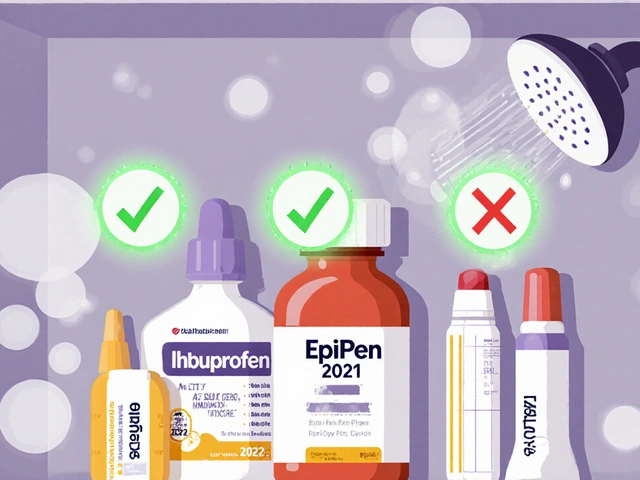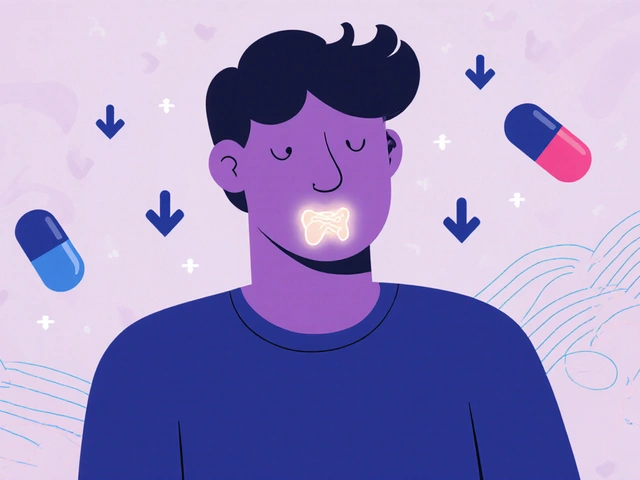Hypertension treatment: Practical steps to lower your blood pressure
High blood pressure often has no symptoms but quietly raises your risk of heart attack, stroke and kidney problems. You can cut risk a lot with simple changes and the right meds. This page gives short, useful steps so you know what works and what to ask your doctor.
Start with lifestyle first. Cut added salt — aim for under 2,000 mg sodium a day if you can. Try the DASH-style plate: more vegetables, fruit, whole grains and lean protein. Lose a little weight if you’re overweight; even 5% of body weight can lower blood pressure. Walk briskly 30 minutes most days, limit alcohol to one drink a day for women and two for men, and sleep seven hours. Quit smoking — it makes blood pressure control harder.
When lifestyle isn’t enough, medications are common and safe for most people. Doctors choose from drug classes: ACE inhibitors (lisinopril), ARBs (losartan), thiazide diuretics (chlorthalidone, hydrochlorothiazide), calcium channel blockers (amlodipine), beta-blockers (metoprolol/Toprol) and sometimes mineralocorticoid receptor antagonists (spironolactone). If you have fluid overload or edema, loop diuretics like furosemide (Lasix) or alternatives may be used.
Quick medication checklist
Know the basics for each drug: which side effects to watch for, and what tests you need. ACE inhibitors and ARBs can affect kidneys and potassium — get blood tests after starting. Thiazides can change electrolytes and raise blood sugar in some people. Spironolactone can cause high potassium and interacts with alcohol in ways worth discussing with your clinician. Beta-blockers can make exercise feel harder at first. If you take nitrates for heart angina, tell your doctor — combining nitrates with some blood pressure meds can cause a dangerous drop in pressure.
Home blood pressure monitoring helps a lot. Take readings morning and evening for a week so your doctor can see patterns. Use a validated cuff that fits your arm. Bring your log or a screenshot to visits.
What to do next
If your readings stay high despite changes, ask about stepping up treatment. Most people need two drugs in combination to reach targets. Be honest about side effects and about how you take meds — missed doses matter. Also tell your doctor about other drugs you take: some antibiotics, antiarrhythmics like amiodarone (Cordarone), and over-the-counter cold medicines can change blood pressure or interact with your treatment.
If you buy meds online, stick to reputable pharmacies and check prescriptions. We have guides on buying Toprol, spotting fake pharmacies, and managing interactions with nitrates or spironolactone — read those before ordering. If you ever feel sudden chest pain, severe headache, vision changes or fainting, get urgent care.
Control is usually a stepwise process: lifestyle, one drug, add a second if needed, and regular follow-up. Small, consistent steps pay off more than occasional effort. Track your numbers, keep your team informed, and don’t hesitate to ask questions. Bring your medication list to every visit and review doses, side effects, and blood tests regularly with your doctor.

The Long-term Effects of Azilsartan Medoxomil on Blood Pressure Control
So, here we are, diving headfirst into the world of medical jargon again! Today's star is Azilsartan Medoxomil, a tongue twister of a name, but it's got a pretty cool job - controlling blood pressure in the long run. It's like the unsung superhero of the cardiovascular world, working tirelessly to keep your BP in check, day in and day out. From the research I've looked at, this dynamo doesn't just have a temporary effect, oh no, it's in it for the long haul, keeping the pressure steady over extended periods. So, if you're battling high blood pressure, this might just be the trusty sidekick you need!
View More



